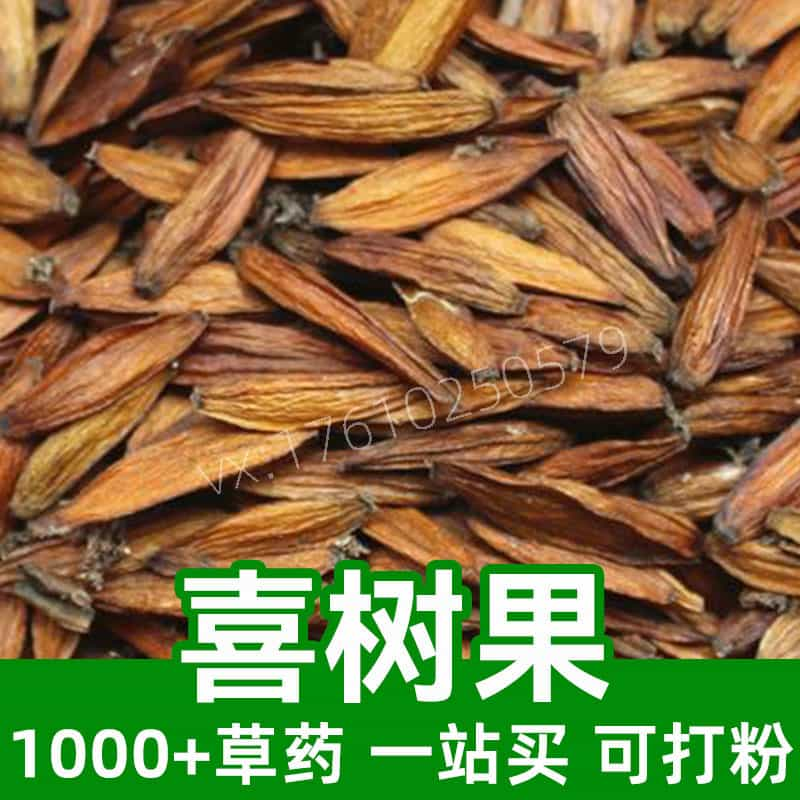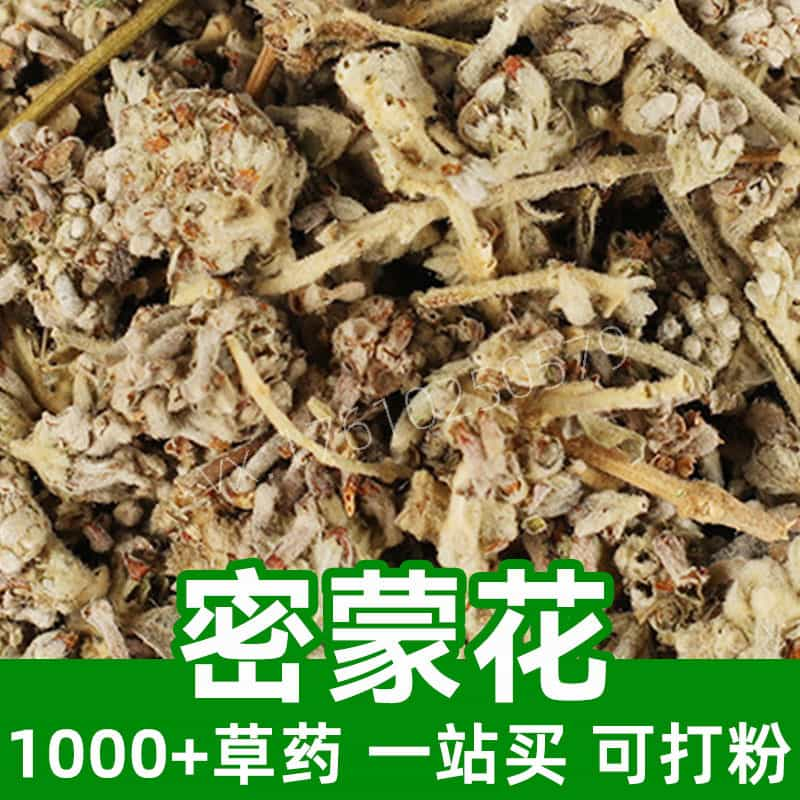Product Introduction
Opuntia Ficus-Indica, commonly known as prickly pear cactus, is a prominent species of cactus widely recognized both for its culinary and medicinal benefits. Originating from Mexico, this succulent has adapted to various climates, particularly thriving in arid regions. The plant features distinctive flat pads and vibrant fruits that come in shades of red or yellow, often referred to as tunas. These fruits, along with the cactus pads, are not only edible but are also celebrated for their nutritional profile, offering a bounty of vitamins and minerals, including vitamin C, antioxidants, and dietary fiber.
In traditional usage, Opuntia Ficus-Indica has been employed in culinary practices and as a natural remedy to promote general wellness. Its high fiber content supports digestive health, while its antioxidant properties can help combat oxidative stress. The cactus is often incorporated into various dishes, juices, and even as a functional food supplement due to its health-promoting properties. Overall, Opuntia Ficus-Indica serves as a versatile ingredient that bridges the gap between nutrition and traditional herbal medicine, appealing to both culinary enthusiasts and health-conscious individuals.
Main Active Ingredients
Opuntia Ficus-Indica is packed with an array of active ingredients that contribute to its nutritional and therapeutic properties. Notably, the cactus is rich in vitamin C, which is essential for immune function, skin health, and overall antioxidant protection. It also contains vitamin A, supporting vision and cell growth, and vitamin E, recognized for its role in enhancing skin health and preventing oxidative damage.
Another significant component of Opuntia Ficus-Indica is its dietary fiber content, particularly soluble fiber, which plays a crucial role in digestive health by promoting regularity and providing a feeling of fullness. This makes the cactus a popular dietary addition for those looking to manage weight and support healthy digestion.
Additionally, the plant boasts various phytonutrients, such as flavonoids and phenolic compounds, which exhibit impressive antioxidant activities, helping to neutralize free radicals and reduce inflammation. Furthermore, essential fatty acids found in the seeds of the prickly pear contribute to heart health by aiding in cholesterol management.
The mucilage extracted from the cactus pads is another functional component known for its soothing properties on the stomach, often utilized in traditional herbal remedies to alleviate digestive discomfort. Thus, Opuntia Ficus-Indica comprises a unique blend of vitamins, minerals, fiber, and phytonutrients, establishing its reputation as a nutritious and healthful addition to diets around the world.
Product Application Scenarios, Usage, and Dosage
The practical applications of Opuntia Ficus-Indica are vast, spanning both culinary and medicinal realms. In traditional Chinese medicine, the cactus is valued for its cooling properties, making it beneficial for individuals experiencing internal heat or dryness. Its pads can be consumed as a vegetable, diced and added to salads or stir-fries, offering a unique texture and mild flavor. The fruits, or tunas, can be juiced or used as a refreshing addition to desserts and beverages.
For those seeking to harness its health benefits, the recommended dosage varies depending on the form of consumption—fresh pads are typically consumed in portions of about 100-200 grams, while juice derived from the fruits is commonly taken in 1-4 ounces per day. For powdered or dried forms, a typical dosage ranges from 1-2 teaspoons, depending on individual health requirements.
In addition to its inclusion in meals, Opuntia Ficus-Indica is also available as dietary supplements, such as capsules or extracts, which provide concentrated health benefits for those looking to integrate it into a more structured wellness regimen. Given its high fiber content, it is advisable to increase intake gradually while ensuring adequate water consumption to support digestive health. As with any herbal product, consulting with a healthcare professional is recommended, particularly for those with existing medical conditions or those who are pregnant or breastfeeding.
Introduction to the Source Plant, Distribution, and Growth Environment
Opuntia Ficus-Indica, known as the prickly pear cactus, is a perennial plant belonging to the Cactaceae family. This robust species is native to Mexico, where it flourished in the diverse climates of the region's deserts. Its hardy nature has allowed it to thrive beyond its original habitat, adapting well to arid and semi-arid regions globally, including Mediterranean climates, parts of Africa, South America, and even southern California.
The prickly pear thrives in well-drained soil and prefers full sun exposure, making it an ideal candidate for cultivation in areas with limited water resources. It can tolerate drought conditions, showcasing a remarkable ability to survive with minimal rainfall. As a succulent, the plant's pads act as water reservoirs, enabling it to endure prolonged dry spells without significant physiological stress.
In its natural environment, the prickly pear cactus often forms dense stands, providing beneficial cover for various wildlife, while also functioning as a crucial source of sustenance in desert ecosystems. The plant flowers in late spring to early summer, producing vibrant blooms that evolve into the iconic tunas, typically harvested in late summer or early fall. This growth cycle, combined with its resilience, makes Opuntia Ficus-Indica not only a valuable agricultural crop but also a significant feature of its native landscape.
Harvesting, Processing, and Storage
The harvesting of Opuntia Ficus-Indica requires skill and care due to the presence of sharp spines and glochids—tiny, hair-like spines that can irritate the skin. Harvesters typically wear protective gloves and use specific tools for safe collection. The pads can be harvested at any time of the year, although they are most tender and flavorful when picked in the spring. The fruit, or tunas, is typically harvested when fully ripe, indicated by their rich color and slight give when gently squeezed.
Once harvested, the pads and fruits undergo processing to enhance their usability. For culinary use, the pads must be cleaned thoroughly to remove any spines and are often prepared by peeling or cooking to improve their taste and texture. The fruits can also be processed by removing the skin and seeds before being juiced or incorporated into dishes.
Storage is crucial to maintain the quality of Opuntia Ficus-Indica. Fresh pads should be kept in the refrigerator, ensuring they are consumed within a few weeks to prevent spoilage. Fruits are best stored in a cool, dry area and can last several days at room temperature or longer in refrigeration. For extended preservation, both the pads and fruits can be dried or processed into powders, which should be stored in airtight containers away from moisture and light to retain their nutritional value and flavor.
In summary, proper harvesting, processing, and storage techniques are essential to maximizing the health benefits and culinary applications of Opuntia Ficus-Indica, enhancing its reputation as a versatile and nutritious plant.
Monica Sun is a seasoned expert in the natural raw materials industry, with over a decade of experience specializing in traditional Chinese medicinal herbs, spices, and fungi. She is skilled in the sourcing, processing, and application of these materials, emphasizing sustainability and innovation. Monica Sun has contributed to the development of high-quality natural raw materials that serve as essential components in functional foods, pharmaceuticals, and cosmetics, delivering tailored solutions to meet diverse market needs.












